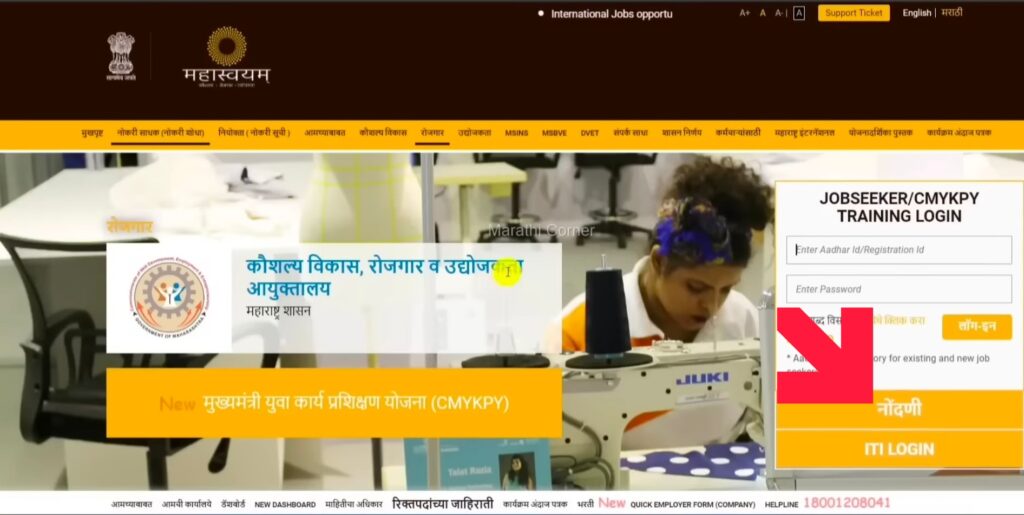In the vast landscape of government schemes aimed at socio-economic development, the role of a Mukhyamantri Yojana Doot stands out as a pivotal one. This position, established under various state governments in India, is designed to bridge the gap between government initiatives and the grassroots population, ensuring that the benefits of numerous schemes reach the intended beneficiaries effectively.
.

Role and Responsibilities
The Mukhyamantri Yojana Doot, or Chief Minister’s Scheme Ambassador, primarily acts as an intermediary between the government and the community. Their key responsibilities include:
- Awareness Creation: Educating the local population about available government schemes and their benefits.
- Facilitating Access: Assisting individuals in accessing these schemes by guiding them through the application process and required documentation.
- Feedback Collection: Gathering feedback from the community on the implementation and impact of various schemes, which helps in refining and improving these programs.
Importance in Governance
The role is crucial for the successful implementation of government schemes, especially in rural and underserved areas. By acting as a local advocate and guide, Mukhyamantri Yojana Doots ensure that the schemes are not just theoretical but have a tangible impact on people’s lives. This direct interface between the government and the populace helps in reducing bureaucratic hurdles and increasing transparency.
Recruitment and Training
The recruitment process for Mukhyamantri Yojana Doots typically involves local-level examinations or interviews, focusing on candidates’ understanding of government schemes and their ability to communicate effectively with the community. Once selected, these individuals undergo training to familiarize themselves with various schemes and effective outreach strategies.
Conclusion
The Mukhyamantri Yojana Doot plays an ultimate role in strengthening the link between government policies and the citizens they are meant to serve. By ensuring that schemes are effectively communicated and implemented, they contribute significantly to the socio-economic development at the grassroots level. Their work not only aids in the successful execution of government programs but also fosters a sense of trust and cooperation between the government and the community.